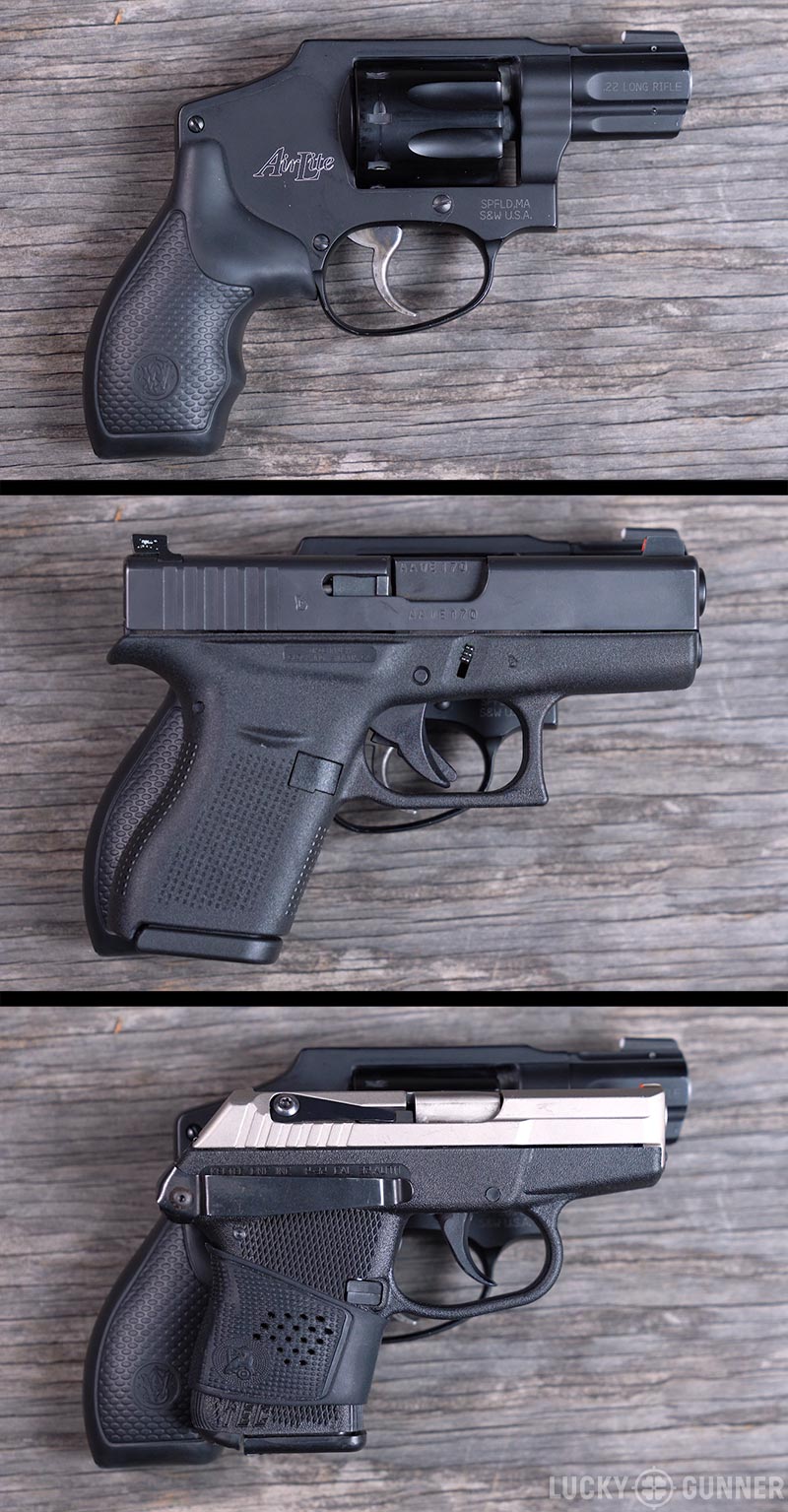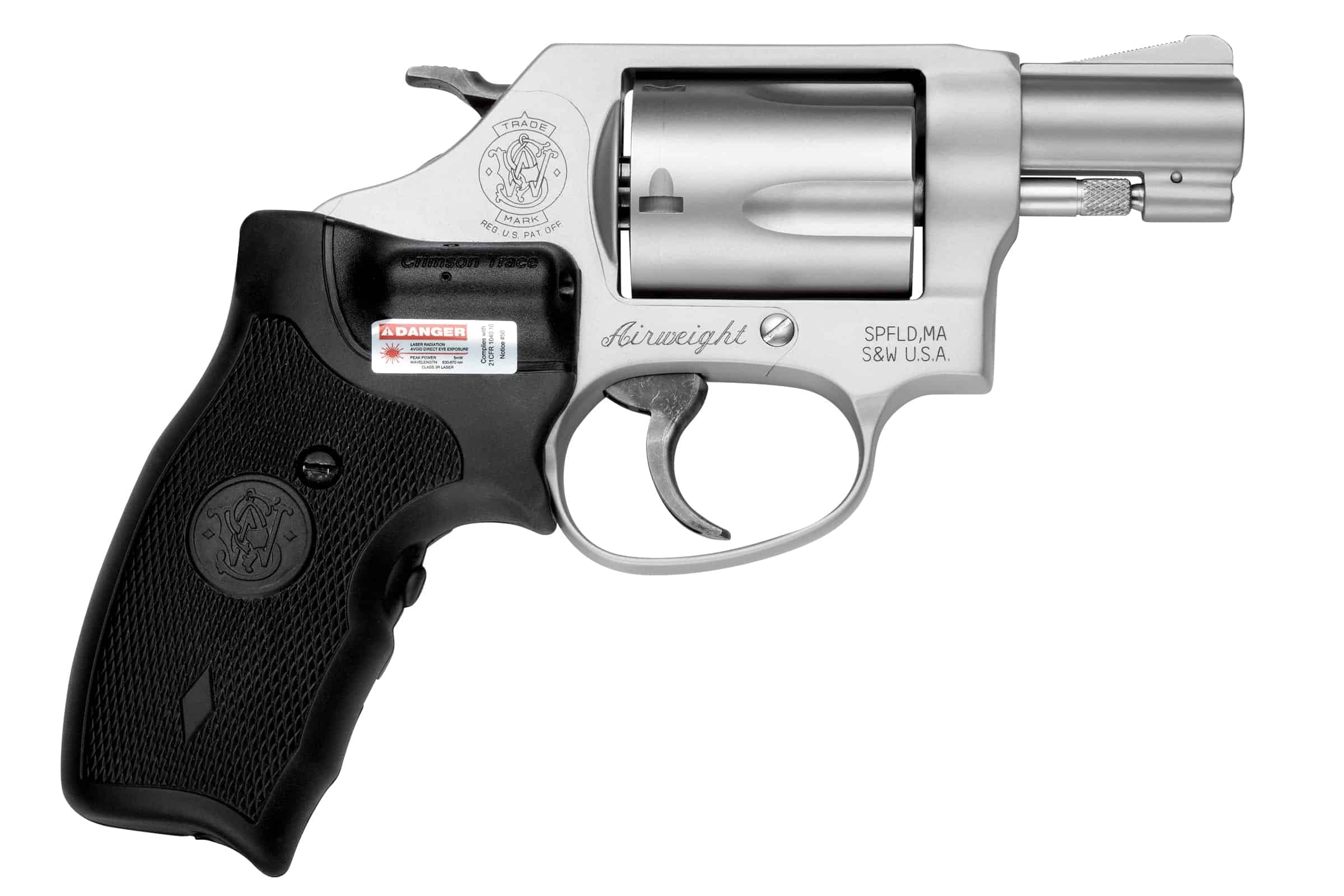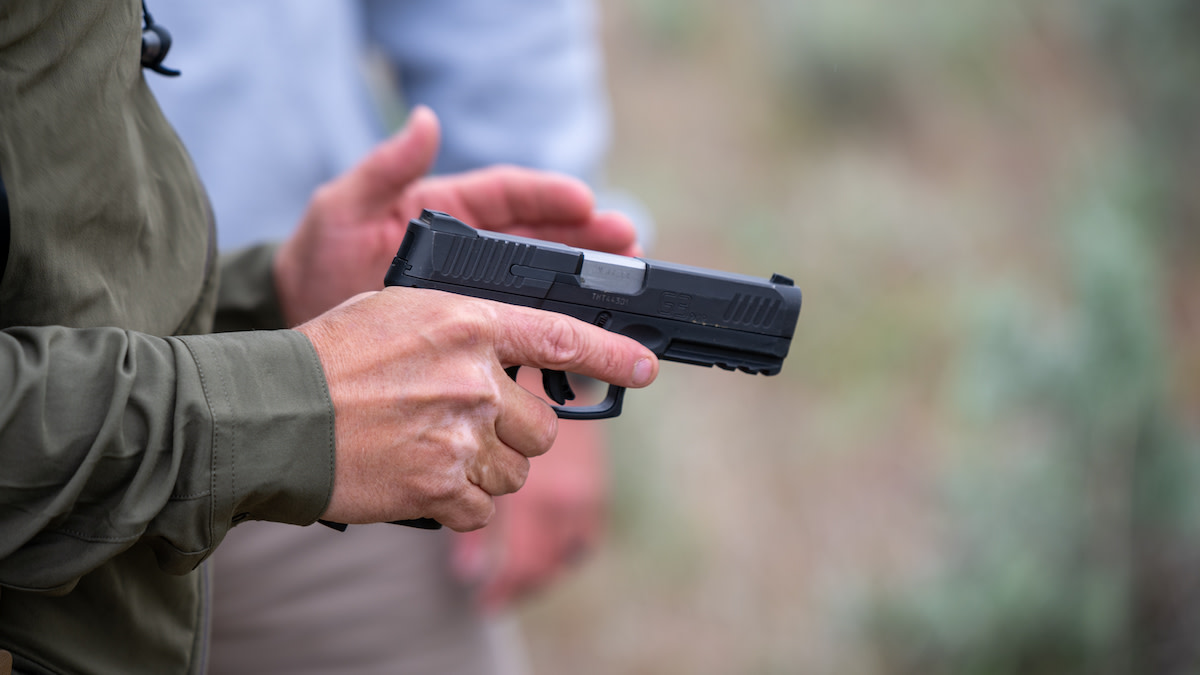Small 38 Pistol - How does a semi-auto pea shooter stack up against a pint-sized pea shooter? In Part 16 of our Pocket Pistol Series, we're looking at when and why the average armed citizen would use one for concealment. Watch the video below for details, or scroll down to read the full article.
Our Pocket Pistol Series explores pocket semi-autos and small nose revolvers. All types of firearms can serve a purpose that allows you to be armed while reducing the burden of carrying a firearm and keeping it concealed. In that case, they are very different in their strength and weakness.
Small 38 Pistol

There are many things that we can think about here, but if we narrow it down to the most important, with the muzzle, you get more confidence and ease of access to the weapon, and with a holster, you are trading features for a smaller gun that will be easier to hide.
The Best Classic Handguns For Concealed Carry
Before we get into that, I'd like to define our words, because "shotgun" and "short nose" are not clearly defined terms. For the purposes of this discussion, I will consider a semi-auto Glock 42 or smaller chambered for .380 ACP or smaller calibers to be a pocket gun. Depending on who you ask, the nose can be a revolver with a barrel less than three inches long. Today, I'm talking about the narrow, light snubbies with small barrels around two and a half inches or less. They will have a frame made of polymer or aluminum or other metal alloys. I'm thinking mostly a Smith & Wesson J-frame Airweight or Airlite model or something like the Ruger LCR.
I don't want to spend too much time going through what I would consider secondary situations when comparing pocket guns and snubbies, but I will touch on some briefly.
Often, this debate turns into a debate about the .380 ACP versus the .38 Special. Historically, the .38 was considered to have better ballistics. Neither of them are very good, though. Of course, there are other calibers in both platforms, like the difference .32 and .22. They are all pretty weak and still seem to work most of the time with good shots. I wouldn't consider caliber a decision.
I would say the same about ammo investment. You will get about 6 to 8 shots in the pocket pistol. Most snubbies are .38s that only give you five shots. If that makes you uncomfortable, go with the .22 or .32s and you can get 6 to 8 rounds like a semi-auto.
The 5 Best Handgun Cartridges For Hunting
Today's technology has allowed rifles and shotguns to become lighter in recent years. Fully loaded, pocket pistols usually weigh between 10 and 17 ounces. Polymer and alloy framed revolvers are usually 12 to 19 ounces. So there is no big difference.
If you consider the price, the pocket pistol will be very attractive with many models worth the price of $200 to $300 a lot. But you don't have to spend money to plug your nose, either. Models from Smith & Wesson and Ruger usually start between $350 and $400.
Shootability is an illusion that simply describes how well a gun shoots. It's often a combination of hindsight, reason, and ergonomics. I think performance is important, especially if you plan to practice with this gun. But with a few exceptions, pocket pistols and muzzleloaders are the least common firearms. This is less common with some heavier models and lighter calibers. But in general, the ability to shoot is not the best for making generalizations about these two groups.

So let's go to the main difference. I think the biggest advantage a muzzleloader has over a pocket pistol is reliability. Some people may be surprised to hear me say that because, as much of a fan of revolvers as I am, I have been warned many times how unreliable they can be, especially when you compare the big guns to the half-size ones. revolvers. the Revolvers cars need more maintenance to keep them running if you shoot them a lot. They don't stand up very well to hard knocks or drops. And the new production revolvers seem to be doing things wrong.
Kimber's Smallest Pistol, The Micro Advocate, Is An Excellent Backup Gun
However, in the chaotic conditions of the real battle, the nose in the quality is more reliable than a small semi-auto. As I discussed last time, the small semi-autos suffer from eating when you try to shoot with a manual stance and hold perfect in shooting range. In the real world, when people are caught unawares by death threats and go to their guns, strange things happen.
Here's a great example of a power workout I found a few months ago. This guy just pulled out his gun to try and shoot the attacker and check the handle on him:
He somehow manages to get the middle finger of his hand wrapped around the front of the hand and the thumb of his hand is wrapped around the slide. This man knows how to hold the gun properly, but somehow messed up when he shot. Miraculously, the Simunition Glock doesn't work badly in that situation, but I can almost guarantee that if you try to shoot a Glock 42 or LCP, you will get off one shot and then fail. to leave
Most of the time, these small guns are carried in the pocket or the belly or in places that are not easy to reach, which makes it possible to have a good grip that can affect the capital of the gun. work nature. A revolver, on the other hand, doesn't care how you hold it, especially a double-action-only hammer-charge gun like this. If you pull the tool, you can break it. He will fire from the inside pocket, he will kill if he is pressed against the guy who pinned you to the ground. If it is a good revolver, the only way not to be in the middle of the battle is to grab the cylinder and stop it from spinning. Indeed, a clean nose can be one of the best weapons you can wield in battle. It is also one of the best weapons you can have on you if you need to get that gun fast. And that brings me to the next topic: accessibility.
Taurus, 856ch, Revolver, 38 Special, 2\
This attribute is often overlooked, but I think it should be at the top of the list of what you're looking for in a gun. If you've ever used a gun to defend your life, there's a very good chance you never had to shoot. But you will have to leave. You should be able to do this without wearing coveralls or digging into your pocket. I'm not saying that you have to do it in a hurry, but ideally, opening a gun is something that you can do deliberately, practice, and do regularly and honestly, when your brain on autopilot. That is, snubby has some advantages thanks to the size of the handle and the overall shape of the gun.
Whether in a belt, anklet, pocket, pocket or otherwise, the nose revolver has a handle for easy movement. It's a bigger grip than a pocket pistol, and doesn't have the impact created by a beaver's tail and slide. Therefore, if you have to draw the revolver from an angle, you can still reach it. And again, with a double-action revolver, you don't have to worry about hanging back if you pull from the pocket.
What I really like about Snubbies is the grip angle. So if I want to conceal it with something like a belly band type holster, I can bury most of the gun under my hip and still have enough grip to wrap my fingers around front strap and check. always he will. If I do that with the gun in my pocket, I still have the back of the slide to hide and if I have to draw, I will.

Small frame 38 special, 38 small, small frame 38, 38 small suit size, north 38, 38 dd, 38 400, osprey exos 38 small, carbon 38, 38, $38, small 38 special
0 Comments